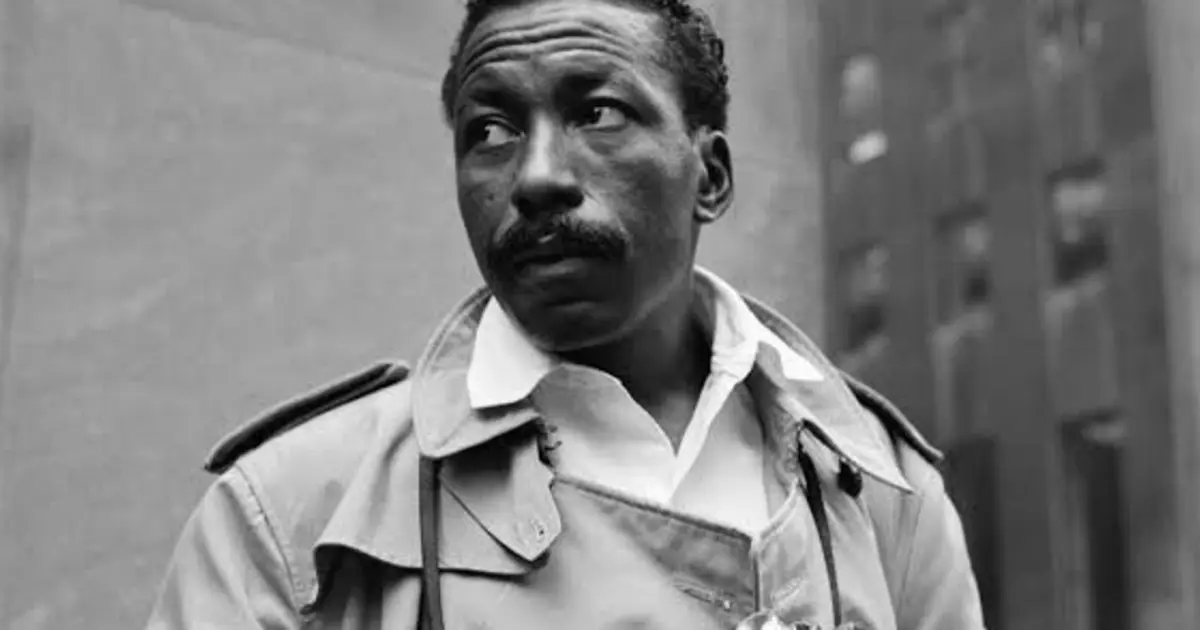Gordon Parks was a trailblazer—a photographer, filmmaker, composer, and writer who became one of the most influential figures of the twentieth century. His work captured the heart of American life, focusing especially on race relations, poverty, civil rights, and urban communities. Parks was committed to social justice and used his art to shine a light on the struggles and triumphs of marginalized communities.
Born in 1912 in Fort Scott, Kansas, Parks grew up in poverty and a racially segregated society. His interest in photography sparked when he saw a magazine featuring powerful images of migrant workers taken by photographers working with the Farm Security Administration (FSA). Inspired, Parks bought a camera from a pawnshop and taught himself how to use it. Despite not having formal training, his talent quickly shone through. In 1942, he won the prestigious Julius Rosenwald Fellowship, which led to him working for the FSA and later the Office of War Information (OWI), documenting the nation’s social issues during the Great Depression and World War II.
Through his work, Parks not only made history as a photographer but also broke racial barriers in the industry. His photos brought to life the harsh realities of poverty, racism, and inequality, and his ability to capture the human experience with such depth and expression made him one of the most celebrated photographers of his time.
But Parks wasn’t just a photographer—he was a true Renaissance man. His creativity spanned many mediums, from writing novels and memoirs to composing music and directing films. In 1969, he made history again by becoming the first African American to write and direct a major Hollywood studio film, The Learning Tree, based on his best-selling autobiography. Then in 1971, he directed the iconic film Shaft, a massive success that helped define the “Blaxploitation” genre.
Gordon Parks’ legacy is one of breaking down barriers and using art as a powerful tool for change. From his groundbreaking photography to his influence in film, music, and literature, his work continues to inspire and resonate today.




